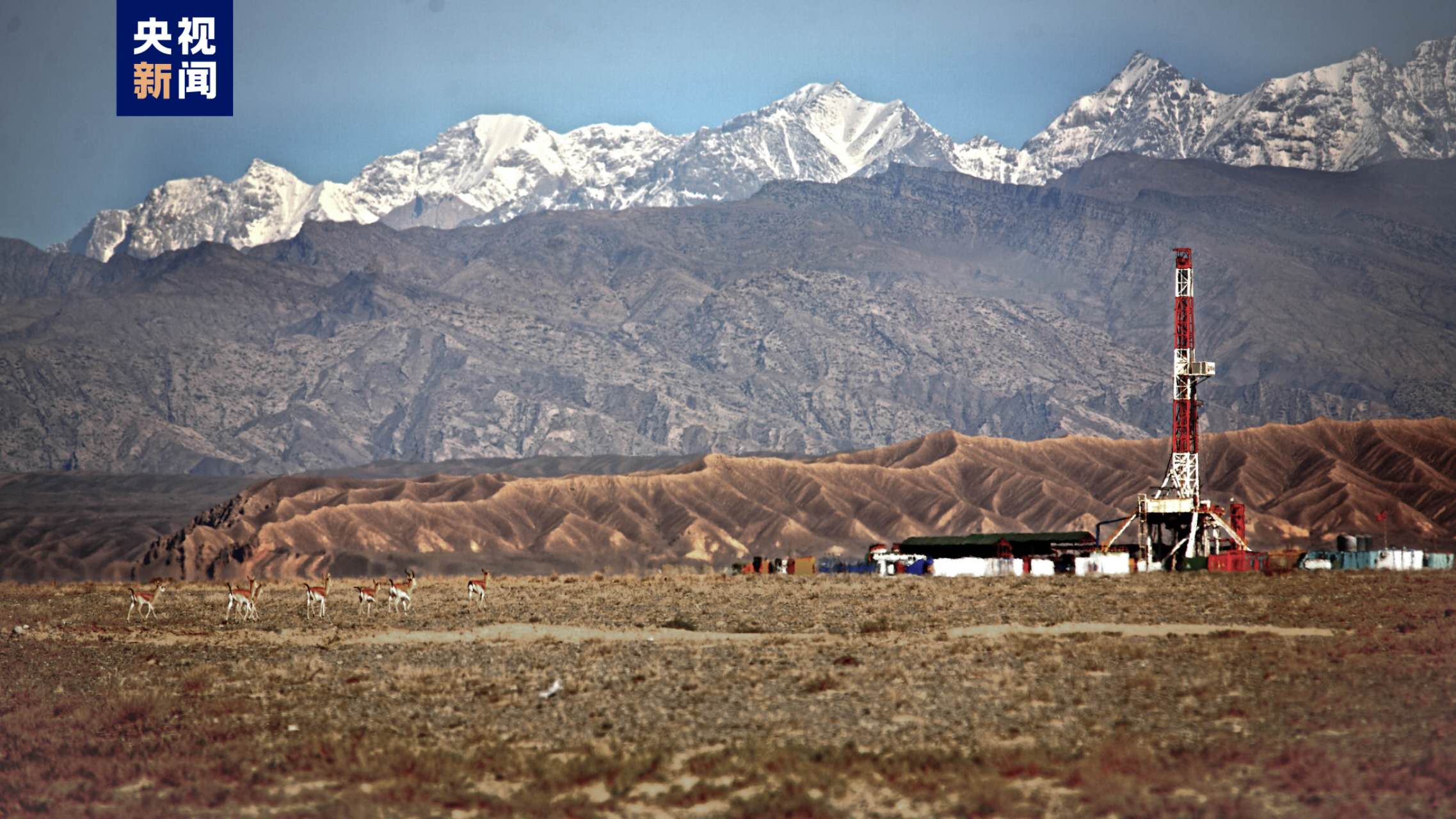
China's largest ultra-deep condensate gas field goes into operation in northwest China's Xinjiang Uygur Autonomous Region, October 15, 2023. /CMG
China's largest ultra-deep condensate gas field goes into operation in northwest China's Xinjiang Uygur Autonomous Region, October 15, 2023. /CMG
China's largest ultra-deep condensate gas field, located in northwest China's Xinjiang Uygur Autonomous Region, has gone into operation on Sunday, marking China's major gas production zone in the area entering into a new phase of large-scale development, according to PetroChina, its operator.
The Bozi-Dabei ultra-deep gas area saw its construction officially start in July 2022. The area is the second trillion-cubic-meter scale gas field found in the basin aside from the Kela-Keshen gas field.
The operation of the newly finished project will provide another source for stable gas supply through China's west-east gas transmission project.
"We've built a new natural gas treatment plant, a condensate stabilizer and oil and gas pipelines, which are the three major projects of the field, with the annual gas transmission capacity increasing from 5 billion to 12 billion cubic meters," said Wang Zhaohui, senior expert at the Production Capacity Building Department under the PetroChina Tarim Oilfield.
Drilled with more than 100 deep wells in the area, it is expected to produce more than 9 billion cubic meters of gas condensate and more than 600,000 tonnes of condensate oil this year, according to the company.
"We can provide gas supply for over 20 million households every day," said Li Zhiming, head of Bozi-Dabei Management Area under the PetroChina Tarim Oilfield.
Gas condensate, also known as natural gasoline or Natural Gas Liquids (NGL), is a petrochemical raw material in high demand in China. More than 80 percent of its proven reserves are in the Tarim Basin, seven to eight kilometers deep in the rock underground.